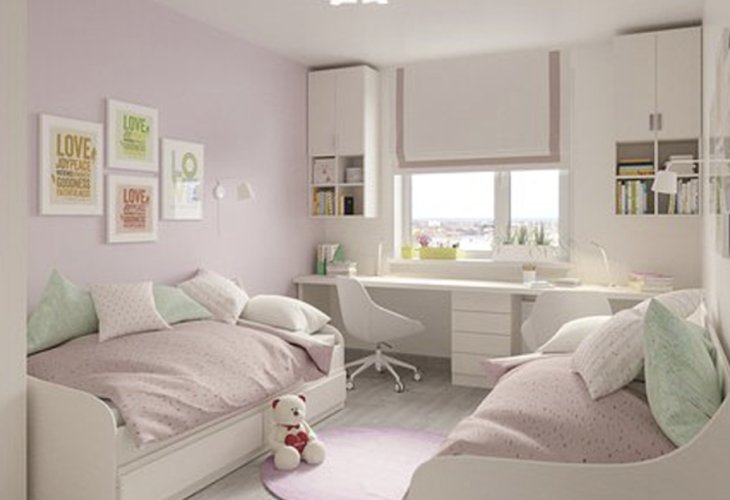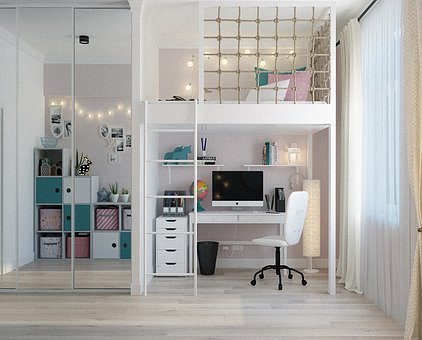Designing Your Child's Room for Growth and Joy
Your child is small now, but they'll grow in the blink of an eye. Even their tastes change rapidly, making today's favorite toy a distant memory in just a few months.

One of my favorite activities is planning and designing children's rooms. I love listening to the child, hearing their dreams about what they'd like their room to be, and then working to make it a reality. This all has to align with the parent's desires, budget, and, of course, practicality.
The main challenge here is that your child is small now, but they'll grow so quickly. Their tastes will change just as fast—today's favorite toy will be forgotten in a few short months...
That's why it's crucial to build a solid foundation that adapts to changing needs: a room suitable for a child now, a teenager later, and an adult in the not-so-distant future. On this base, we can add all those colorful, easily changeable, child-friendly touches.

When planning a child's room, here are several important points to consider:
- The room is meant for a child, so everything—chairs, tables, shelves—should be accessible for them. However, remember that their height is dynamic and will change soon. For larger items like beds and wardrobes, create accessibility solutions like a step to the bed or a low shelf in the wardrobe. Less expensive items can be bought to fit now and replaced later.
- If there's unused space under the bed, consider adding two large drawers for toys.
- Whenever possible, place the desk in front of a window. Natural light can help a lot, especially if the child studies during the day.
- A fun and unique addition to a child's room is a chalkboard. It enhances the room's design, and the child will love it (plus, you save the walls from becoming a canvas). If a chalkboard isn't your style, consider hanging a large sheet of paper on the wall, or even a roll.
- Consider bookshelves and columns for books. Think ahead about the child's reading habits.
- In children's rooms, I personally enjoy using wallpaper. I recommend choosing something more neutral to serve you for a long time (as opposed to childish wallpapers that quickly become tiresome and need replacing).
- One of my favorite features is creating an additional level in the room. It's evident because children often don't use the entire room height. This second level can be a play area or even an additional bed.
Below this gallery, you could place a bed or create a cozy study area. Access to the gallery can be a ladder or something more creative.

This is where you can let your child's imagination run wild. What makes them happy?
If there's room in the bedroom, stairs could also lead up (a great use of space, as each step could be a drawer), with a slide on the side to come down. You could even create a small climbing wall in the room. This gallery is an amenity that can easily be removed when it doesn't suit the room anymore.
- In my opinion, a child's room should be lively and cheerful, and what better way to achieve this than with color? Again, to ensure the room lasts them through time, my advice is to stick with a neutral base while bringing in color and energy through easily replaceable furniture and accessories.
- Lighted niches for storage and display—a perfect way to manage toys no longer age-appropriate but still great for setting the room's mood.
Tammy Rotenberg is an architect and interior designer. For questions and feedback: office@tammyrotenberg.com

